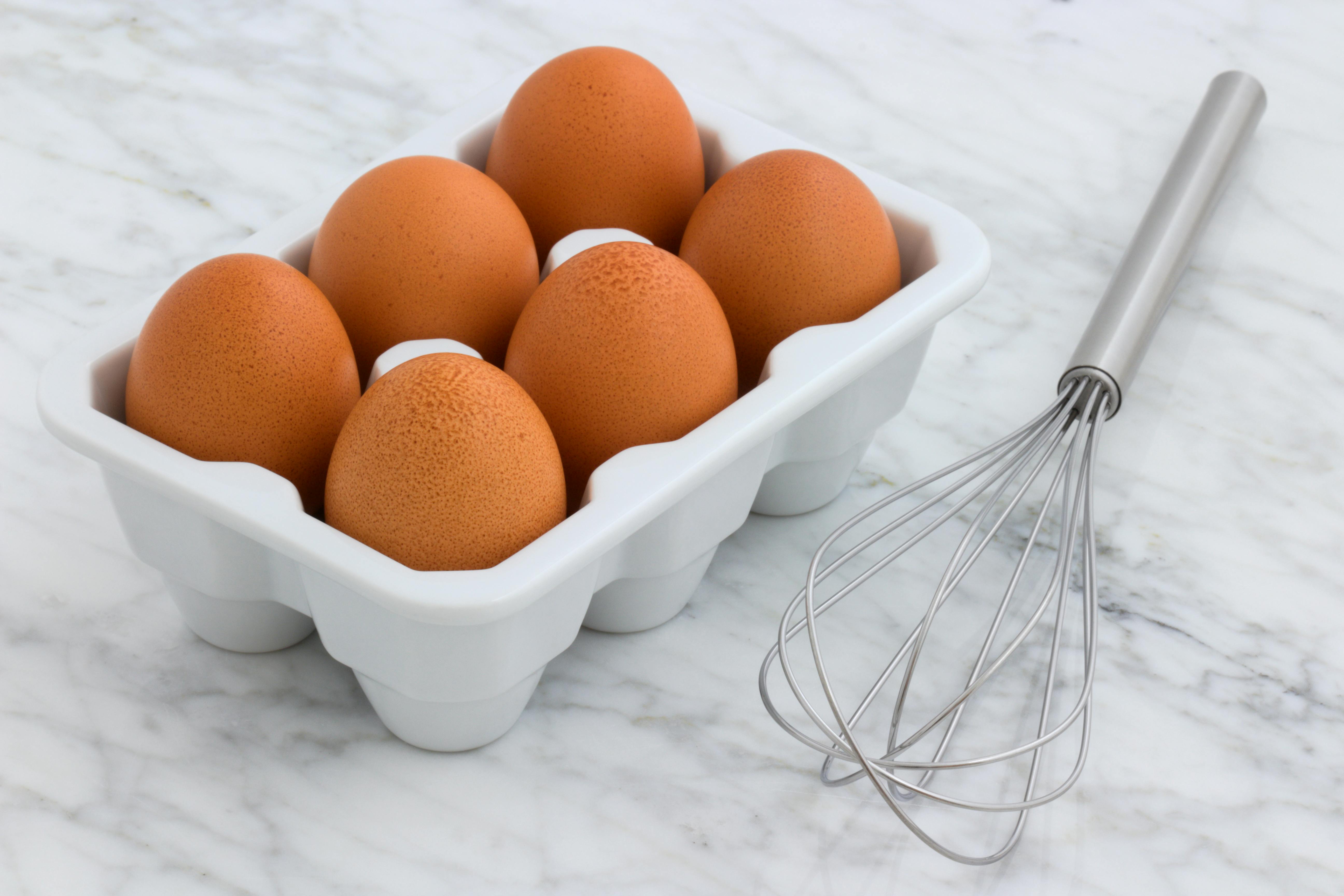Apply Now
Essential Guide to Growing Chives for Your Spring Garden
Chives, known for their delicate onion-like flavor, are a fantastic addition to any spring garden, providing both culinary benefits and vibrant green foliage. They are among the easiest herbs to grow, making them perfect for both novice and experienced gardeners. In this article, we’ll explore effective methods for growing chives, covering everything from soil requirements to harvesting techniques. You will also learn how to care for chives, manage pests, and create the perfect indoor or outdoor growing conditions for a bountiful harvest.
Chives not only enhance the flavor of various dishes but also come packed with essential nutrients, making them a healthful addition to your meals. Whether you're planting them in pots or directly in your garden bed, understanding their growth needs will help you cultivate these culinary herbs effectively. Let’s dive into the best practices for growing chives, ensuring a productive garden this season and beyond.
Comprehensive Chives Planting Guide for Beginners
Building on the fundamentals of herb gardening, it's vital to have a clear understanding of how to grow chives properly. Starting with the basics, let's consider essential preparations for planting chives.
Choosing the Right Soil for Chives
To grow chives successfully, selecting the best soil is crucial. Chives thrive in well-draining, nutrient-rich soil with a pH of 6.0 to 7.0. It’s advisable to amend your garden soil with organic matter like compost to enhance its structure and nutrient content. This ensures that the chives receive adequate nutrients throughout their growth cycle.
Chives Seed Planting Techniques
Growing chives from seed can be rewarding if done correctly. Start by planting chive seeds in late winter or early spring, as they require a warm soil environment to germinate. Space the seeds about 2 inches apart and cover them lightly with soil. If you’re looking to grow chives indoors, using seed trays can provide a controlled environment for them to flourish.
Watering Needs and Light Requirements
Understanding chives' watering needs ensures healthy growth. Chives prefer consistent moisture but dislike being waterlogged. A good rule of thumb is to water them when the top inch of soil feels dry. As for light, chives thrive in full sun but can also tolerate partial shade. Ideally, they should receive at least 6 hours of sunlight each day for optimal growth.
Chives Care Instructions for Optimal Growth
With the initial steps complete, let's discover the ongoing care and maintenance needed for chives during their growth phase.
Fertilizing Chives for Enhanced Growth
Regular fertilization can boost chive growth significantly. A balanced, organic fertilizer is ideal and should be applied according to the package instructions. As chives are relatively low-maintenance, fertilizing once a month during the growing season is usually sufficient.
Chives Pest Management Strategies
While chives are relatively pest-resistant, certain pests can still pose a threat. Ensuring proper air circulation around the plants and practicing good hygiene in the garden can help prevent infestations. Should pests appear, natural remedies such as neem oil or insecticidal soap can effectively manage unwanted visitors.
Maintaining Healthy Chives: Common Mistakes to Avoid
Some common mistakes gardeners make when growing chives include overwatering, neglecting weeding, and failing to divide the plants every few years. By practicing regular maintenance and observation, you can keep your chives healthy and thriving.
Harvesting and Using Chives in Your Culinary Creations
Once your chives are thriving, you'll want to know when and how to harvest them.
Effective Chive Harvesting Techniques
The best time to harvest chives is when they are around 6-8 inches tall. Use sharp scissors to cut leaves, snipping them off at the base while leaving a portion of the plant intact to rejuvenate. Remember, regular harvesting encourages further growth.
Chives Culinary Benefits and Uses
Chives are not only versatile in the kitchen but also add aesthetic appeal to dishes. You can incorporate them into salads, soups, and even as a garnish for main courses. They pair wonderfully with potatoes and can elevate the flavor of sauces and dressings.
Preserving Chives for Long-Term Use
If you've grown more chives than you can consume, consider methods for preserving them. Chives can be frozen for future use; simply chop them and store them in airtight containers. Alternatively, drying chives is another effective preservation method, though this may diminish their vibrant flavor.
Growing Chives Indoors: Conditions for Success
For those who lack garden space, growing chives indoors can be a delightful alternative.
Indoor Chives Growing Conditions
When cultivating chives indoors, ensure they have access to bright, indirect sunlight. This can be achieved using a south-facing window. Maintaining consistent humidity and temperature will also encourage healthy growth.
Hydroponic Chives Growth Techniques
For indoor gardeners looking to experiment, hydroponics is an effective method for growing chives. This soil-less method uses nutrient-rich water that promotes faster growth rates. Ensure that the chives have adequate light and monitor the pH of the water for best results.
Chives Companion Plants for Indoor Gardens
If you choose to grow chives among other herbs, consider companion planting. Chives grow well alongside plants like tomatoes and carrots, which can help deter pests naturally.
Advanced Chives Cultivation Techniques
Exploring various propagation methods and advanced strategies can enhance your chives gardening experience.
Chives Propagation Methods
Chives can be easily propagated through division or cuttings. To divide your chive plants, simply separate the clumps every 3-4 years and replant them to maintain good health.
Overwintering Chives for Year-Round Growth
In areas with harsh winters, overwintering chives can be beneficial. Mulching around the base of the plants helps protect them from frost. Alternatively, for potted chives, bringing them indoors during winter can keep them thriving.
Growing Sustainable Chives: Best Practices
Implementing sustainable practices, such as using organic fertilizers and natural pest control, ensures a healthful approach to chive gardening. Additionally, being attentive to their growth needs will maximize your yield without harming the environment.
Q&A Section on Growing Chives
What are the ideal growing conditions for chives?
Chives prefer well-draining, nutrient-rich soil with a pH of 6.0-7.0 and require full sun for at least 6 hours a day.
How often should I water my chives?
Water chives consistently, allowing the top inch of soil to dry out between watering sessions. Overwatering can lead to root rot.
Can I grow chives indoors?
Yes! Chives can thrive indoors with ample light and moisture. Be sure to place them in bright, indirect sunlight and water regularly.
What pests affect chives, and how can I manage them?
Common pests include aphids and spider mites. Managing them involves maintaining good air circulation and using organic pest control methods like neem oil.
When is the best time to harvest chives?
Harvest chives when they reach about 6-8 inches in height. Use scissors to snip off the leaves at the base.




